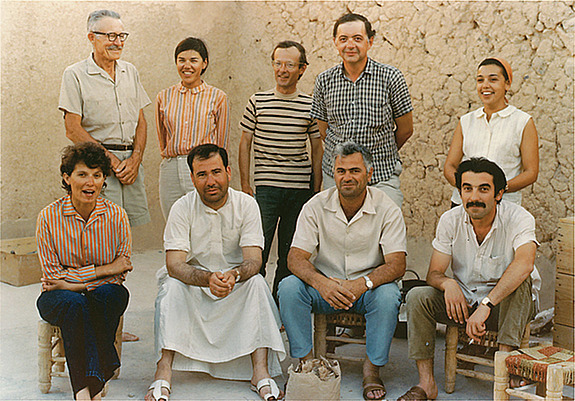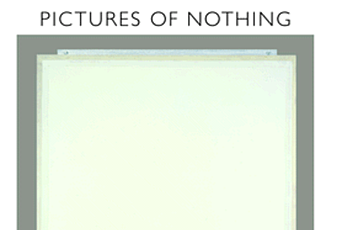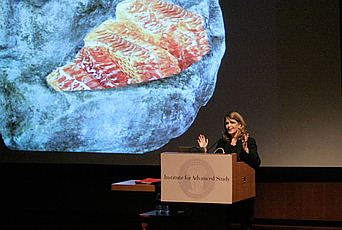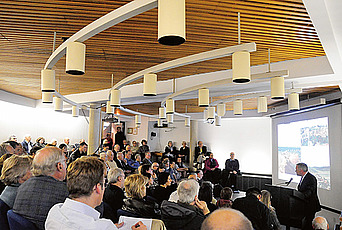Sixty Years of Scholarship in the History of Art

It has been nearly sixty years that I have been engaged in an active scholarly life. My first article came out fifty-eight years ago, and there are still now two or three studies in the process of being printed or ready to appear on the Internet. In between lie some twenty books, several of which were translated into at least seven languages, and over one hundred and twenty more or less significant articles.
This considerable production can easily be divided into three groups, whose chronology raises interesting conclusions about the path of research traveled by a historian of the arts of the Islamic world who came into academic existence in the middle of the twentieth century. Whether this path is unique or typical is for others to decide.
The first group consists of traditional research based on the publication of documents, the excavation of new documents, and the significance of these documents within relatively strict chronological and spatial limits. Scholarship of this type is for the most part restricted in its interest and usefulness to other scholars of the same vintage, and it dominates the first half of my creative years. The number of works of this type that would have been initiated by me has clearly diminished with time, even though their scientific quality (or weakness) tends to remain steady over the years.
The second group seeks a larger public, as it tries to interpret works or periods of Islamic art as historical, aesthetic, social, or cultural models whose meanings extend beyond their specific context; it deals with issues like new forms, ornament, and aesthetics. It is a smaller group than the first one and does not really flourish until the seventies of last century, but it attracted the attention of historians of art and other scholars in many different areas and helped to strengthen the notion that, when one deals with the arts, approaches and conclusions can be extended from one culture to other traditions. This position has led to a sort of globalization of the field of Islamic art, but it has also been criticized.
The third group of writings has dominated the past twenty years: reactions to requests for introductions or conclusions to the publications of others, or remarks about the work of others reflecting the current fad of colloquia and multi-authored publications. These answers or reactions vary from the thoughtful and original to the repetitive and the mundane. But they do fit with a contemporary mood that is less concerned with exploring new things than with stating appropriately old ideas and recalling well-known monuments of art.
Two interesting branches have grown from this trend. One is historiography, as many among us have realized the importance of past scholarship and the often strange characters of past scholars. This has led me and others to meditate on the ways in which former generations dealt with our field. The other branch is connected with the congruent necessity at my age to make order in the folders of papers kept in my study and office and with hundreds of books and articles collected over the years. This personal historiography has now led me to study the history of my family and ancestry in many different countries of Europe (some of which no longer exist) and thus come up with a personal history, which may never be made public but which will end up, in part at least, in the archives of the Institute.
Thus it is that, for better or for worse, the very nature of scholarship changes with age.


